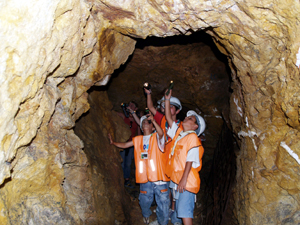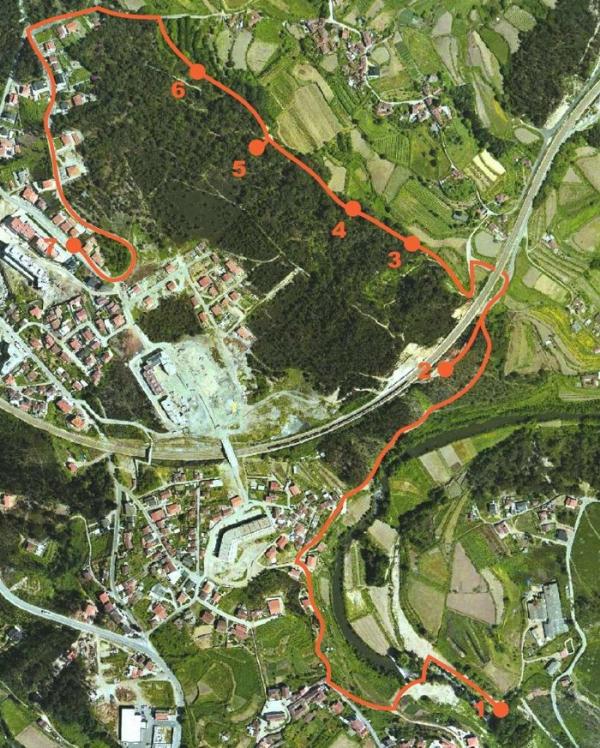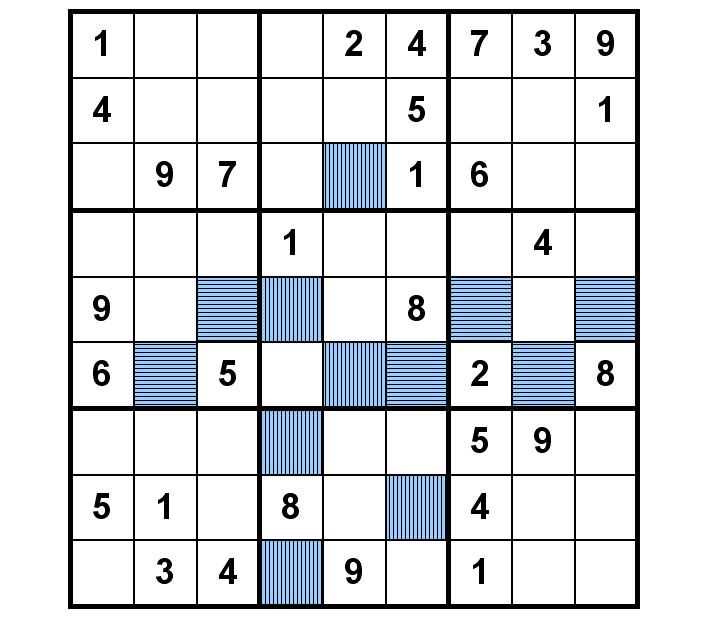Aqui há Ouro - Minas de Castromil
- A CACHE NÃO SE ENCONTRA NAS COORDENADAS INDICADAS -
- THE CACHE IT IS NOT AT THE FOLLOWED COORDINATES -
PT:
As Minas ou Covas de Castromil localizam-se na freguesia de
Sobreira (Paredes) e eram uma das explorações de ouro existentes no
país na altura da ocupação romana.
"Portugal era um dos locais privilegiados para a Exploração Mineira
realizada pelos Romanos. Hoje sabe-se que os Romanos exploravam
preferencialmente o cobre, o ouro e o ferro (Nunes, 1983). Os
Romanos foram, na sua época, verdadeiros mestres das artes
mineiras, aproveitando métodos e técnicas utilizadas previamente
por outros povos, mas imprimindo-lhes notáveis inovações (Nunes,
1983).
Os Romanos usavam diferentes métodos de exploração, como
explorações subterrâneas ou a céu aberto (cortas), ou ainda
simplesmente a lavagem de terras auríferas (ricas em ouro)(Nunes,
1983). Em Castromil podem observar-se cortas romanas, que são
resultantes de extensos desmontes (Fotografia 1). Localmente, a
estes desmontes chamam-se covas, daí a designação de Covas de
Castromil.
Também são visíveis poços de secção quadrada (Fotografia 2). Uma
vez abertos estes poços, e se pareciam ter valor mineiro, os
Romanos procediam à abertura de galerias, em todos os sentidos onde
reconhecessem o filão (Carvalho e Ferreira, 1958). Esta técnica era
muito dispendiosa, pelo que as galerias Romanas (Fotografia 3) eram
cavadas com irregularidade, sendo por vezes tão baixas e estreitas
que só se podia entrar nelas a rastejar (Nunes, 1983).
Outra evidência da exploração mineira dos Romanos é a presença de
escombreiras (Fotografia 4), que são amontoados de rocha de onde os
Romanos não conseguiam extrair o metal.
Esta zona deixou de ser explorada desde a altura dos Romanos até
1941, quando a companhia Minas do Ouro do Douro iniciou a
prospecção no local. Estes trabalhos pararam em 1946, ao que
parece, devido à falta de fundos. Em 1964, uma empresa canadiana –
Noranda of Canada – iniciou também trabalhos de prospecção, que
terminaram em 1966, devido à queda nos preços do ouro. Em 1973, a
empresa Anglo American analisou o jazigo e concluiu que a pequena
dimensão do depósito, associada à conjuntura económica e às
condições do mercado existentes na época, não viabilizava uma
prospecção mais detalhada do local. Em 1988, a Billinton’s fez um
levantamento completo do jazigo e a empresa Minas do Douro realizou
trabalhos de prospecção que terminaram em 1992 (Luís e Sousa,
2000).
A partir de 1994, a Connary Minerals, cuja sucursal portuguesa
tinha sede em Castromil, realizou um estudo de prospecção bastante
profundo numa área de cerca de 82 km2, que inclui Castromil. Deste
estudo foi possível concluir que a exploração do jazigo de ouro era
viável (teores) (Connary Minerals, 1997). Esta empresa apresentou
uma proposta de exploração do jazigo ao Estado Português, que foi
recusada, no ano 2000, pelo Ministério do Ambiente, por questões
ambientais (Vieira, 2000)."
Para a cache, sugiro que se pare o carro na coordenada indicada
e que se percorra o percurso sugerido pelo

EN:
The Mines or Hollows of Castromil it is situated in the clientele
of Sobreira (Paredes) and were existed gold explorations in the
country at the occupation Romans time.
"Portugal was one of the privileged places for the Mining
Exploration carried through by the Romans. Today it is known that
the Romans preferential explored the copper, the gold and the iron
(Nunes, 1983). The Romans had been, at its time, true masters of
the mining arts, using to advantage methods and techniques used
previously for other peoples, but printing notables to them
innovations (Nunes, 1983).
The Romans used different methods of exploration, as underground
explorations or the open sky (you cut), or still simply the
auriferous land laudering (rich in gold) (Nunes, 1983). In
Castromil you can observe Romans exploration links, who are
resultant of extensive dismountings. Local, to these dismountings
we called hollows, from there the assignment of Hollows of
Castromil.
Also it is visible wells of square shaped section. At the time when
these wells were opened, and if seemed to have mining value, the
Romans proceeded to the opening of galleries, in all the directions
where they recognised the veins (Oak and Blacksmith, 1958).
This technique was very expensive, so the galleries Romans were dug
with irregularity, being for so low and narrow times that if only
could enter in them to crawl (Nunes, 1983). Another evidence of the
mining exploration of the Romans is the presence of ‘escombreiras’,
that i tis rock accumulated where the Romans did not obtain to
extract the metal.
This zone left of being explored since the time of the Romans up to
1941, when the company Mines of the Gold of the Douro initiated the
prospection in the place. These works had stopped in 1946, what it
seems, due to lack of deep. In 1964, a Canadian company - Noranda
of Canada - also initiated works of prospection, that had finished
in 1966, due to fall in the prices it gold. In 1973, the company
American Anglian analysed the grave and concluded that the small
dimension of the deposit, associated with the economic conjuncture
and the existing conditions of the market at the time, did not make
possible a detailed prospection of the place. In 1988, Billinton' s
made a complete survey of the grave and the company Mines of the
Douro carried through prospection works that had finished in 1992
(Luís e Sousa, 2000).
From 1994, the Connary Minerals, whose Portuguese branch had
headquarters in Castromil, carried through a sufficiently deep
study of prospection in an area of about 82 km2, that it includes
Castromil. Of this study it was possible to conclude that the
exploration of the gold grave was viable (Connary Minerals, 1997).
This company presented a proposal of exploration of the grave to
the Portuguese State, that was refused, in year 2000, for the
Ministry of the Environment, ambient questions (Vieira, 2000)."
For the cache, I suggest that you leave the car in the indicated
coordinate and follow the way suggested for the

More information on the Mines of Castromil and the visits
in:

(1)
You can check your answers for this puzzle on
Geochecker.com.